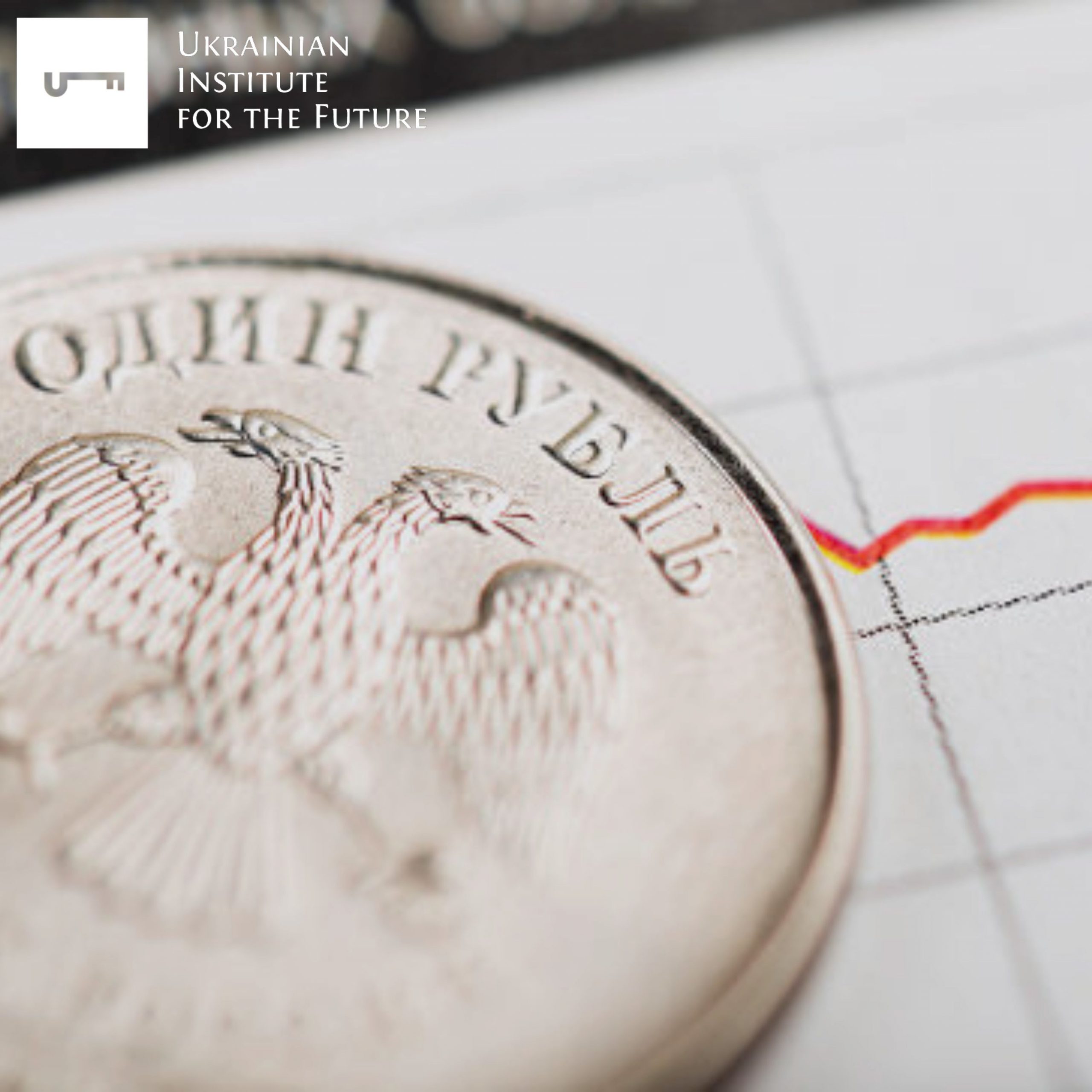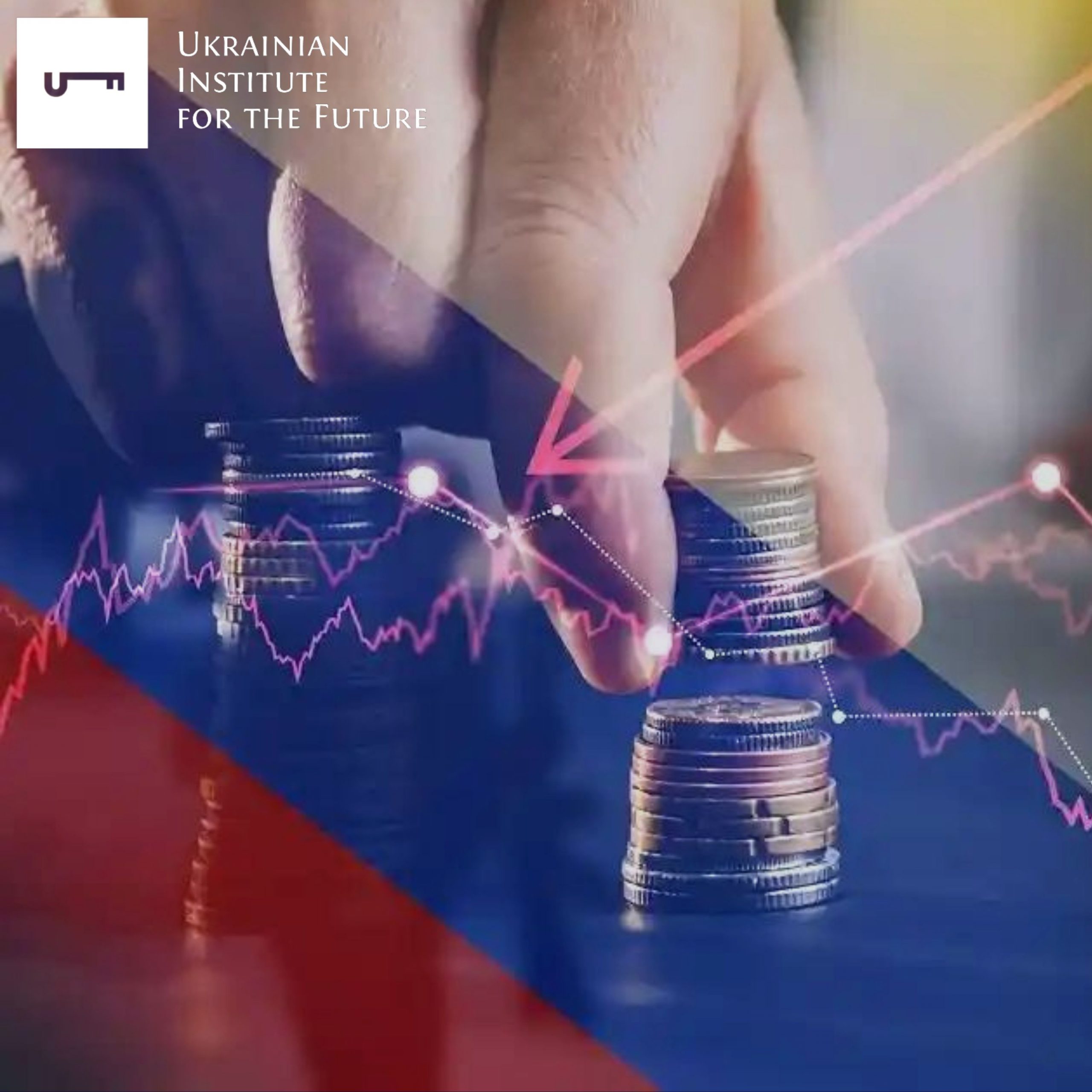Pro-inflationary risks are growing in Russia. This is the statement of the head of the Central Bank of Russia, E. Nabiullina, and the statistical data are evidence of this.
Inflation was brought under control in 2022. This was achieved by raising the Central Bank’s key interest rate, allowing parallel imports (expanding the supply of goods), strengthening the ruble and weak growth of household incomes. After peaking at 17-18 % yoy in April-May 2022, the consumer price index (CPI) fell to 11.9 % yoy by the end of 2022.
Since early 2023, inflation in Russia has continued to decline. In April, the CPI fell to 2.3% yoy. However, the trend reversed in May: the year-on-year figure rose to 2.5% yoy, and data for 19 days in June suggest that price growth accelerated to 3% yoy.
At first glance, it seems like small numbers, especially compared to global inflation, where even in the most developed countries inflation is still around 4-6%. (Traditionally, developed countries have lower inflation than developing countries, which includes Russia).
However, there are two important nuances:
- Firstly, Rosstat’s methodology for calculating CPI is flawed. There have been several revisions of the methodology, changes and extensions of the calculation base. For example, services such as “TV repair” have been included in the weekly measurement of consumer price dynamics since January 2023, but chocolate candies have been excluded. Of course, the goods and services that each household buys, the share of imports in its consumption basket and other factors that are purely individual will affect the actual inflation of each household. In general, however, it should be noted that the average Russian’s “felt” price increase is traditionally higher than Rosstat’s inflation rate. For example, the “observed” inflation rate in May was 14.1%. This is almost six times higher than the official rate.
- Secondly, it is a trend. Our attention now should be focused not on the numbers themselves, but on the change in the trend and those alarm bells that signal serious inflationary risks in Russia in the second half of 2023.
Factors driving inflation:
- Rising incomes outstrip supply. Wages are beginning to rise due to labor shortages in the Russian Federation since the full-scale invasion of Ukraine. Support for the main electorate of the current government continues through budget payments: indexation of pensions, support for the poor and other social payments. Then there are payments to the military, the bereaved, etc. In this way, people’s incomes are rising while there are no more goods in the economy, which is now producing “cannons in the oil seat”. This will lead to demand for consumer goods exceeding supply and, logically, higher prices.
- Rising defense orders, military spending, with low unemployment. An increase in capacity utilization combined with labor shortages suggests that wages, at least in the military-industrial complex, will continue to rise. This again leads to a wage-price spiral.
- Rising import costs. It is called parallel imports. On 23 June, the 11th anti-Russian sanctions package was adopted, aimed at curbing import sanctions evasion. Tougher measures against third countries that help the Russian Federation to import goods that are not sanctioned could have a negative impact on the formation of supply and lead to shortages in some product groups. The final price of goods will also include additional pricing costs in the creation of new sanctions evasion schemes.
- Ruble devaluation. Since the beginning of 2023, the ruble has devalued by 21%. On 28 June 2023, the dollar/ruble exchange rate reached the level of March 2022 and exceeded the figure of 85 rubles per dollar. In January 2023, we wrote that during the year the ruble was likely to weaken to 80-90 rubles per dollar, which would benefit both exporters and the budget. And the ruble seems to be on track in that range. Imported goods become more expensive as the ruble weakens.
- Covering the budget deficit through issuance. In the first five months of 2023, the budget deficit amounted to RUB 3.4 trn, which is already above the planned figure of RUB 2.9 trn for the year, and is expected to reach RUB 5-6 trn by the end of the year. So far the government is solving the problem by devaluing the ruble, imposing “voluntary” levies and raising taxes, but we think about a hidden issue of government bonds and their purchase by state-owned banks in the second half of 2023, which will act as a serious pro-inflationary factor.
- The expected increase in gas tariffs. According to our article “Gazprom: Who will pay for Putin’s decision to freeze Europe”, with pipeline gas supplies to Europe down by around 80%, Gazprom is faced with the challenge of where to “place” the gas it has freed up. Inevitably, it will re-orient towards the domestic market, where gas has traditionally been underprized. Of course, Gazprom has already said that it must liberalise and bring prices to market levels. But this is a political issue. We expect a moderate increase in gas tariffs in the second half of 2023 and estimate a contribution to inflation of 0.5-2% per year over the next 2-3 years.
- Raising taxes. Firstly, a law raising excise taxes on tobacco and alcohol was passed in January. Secondly, taxes have been raised significantly from the beginning of 2023. Subsidies to oil companies have been phased out, and this is already being reflected in fuel prices. The petrol price on the commodity exchanges has risen by more than 70% since the beginning of the year. In the three weeks of June, the price of Premium-95 petrol rose by 10%. The Ministry of Finance’s intention to halve the damping mechanism for payments to oil companies is responsible for the increase in prices on the bourse.
- Inflation expectations. In conclusion, all of the above factors form inflationary expectations among households and firms, which are dangerous and pro-inflationary, as they encourage people to spend money today to avoid high prices in the future. In May, the median estimate of people’s annual inflation expectations was 10.8% (+0.4 p.p. vs. April). Firms’ average sales price growth expectations for the next three months were 3.6% on a yearly basis.
What inflation is doing to the Russian economy and people:
- Central Bank rate hike. At the upcoming meetings of the Central Bank, the key interest rate will likelybe raised. For households and companies, this means higher servicing costs for old debts and more expensive new loans. But for the economy as a whole, it means the risk of lower business activity and a drag on economic growth. This is, to put it mildly, the least expected decision by Russian companies, especially small and medium-sized enterprises (SMEs). They are already facing the greatest turbulence and shortage of financial resources.
- Falling savings, which means falling private investment. Inflation erodes savings, making it fundamentally unprofitable to save for the future and encouraging spending here and now. In an economy, savings go hand in hand with investment. No savings means no source of investment, and no investment means no economic growth.
- Population impoverishment. An increase in the general price level leads to a reduction in the purchasing power of money. This means that the same amount of money buys fewer goods and services. Today, real disposable incomes in Russia are at about the same level as in 2013. With rising inflation, it is possible that they will continue to decline and will not return to pre-war levels until 2030 at the earliest. For the economy, this reduces effective demand.
- Budgetary pressure is increasing. Inflation is a drain on the incomes of all consumers, but it is particularly hard on the poorest and most disadvantaged sections of society, which is almost half of Russia’s population. They are Putin’s main constituency. They are the people who are largely “fed” by the state. Thus, to compensate for the fall in their cost of living, more money will have to be taken from the budget. In turn, a pro-inflationary factor is an increase in government social spending. This creates a vicious circle. Inflation requires higher budget spending, which in turn leads to even higher inflation.
- Regime risks. Double-digit inflation always carries the risk of social unrest, coups and revolutions in the longer term. Studies show a strong link between food prices and demonstrations, revolts and strikes worldwide between 1990 and 2011. Out of 15 cases between 1946 and 1983 that Latin American countries switched from civilian to military rule or vice versa, 13 were preceded by a rise in inflation of 20% or more.
The Central Bank of Russia forecasts inflation of 4.5-6.5% for 2023. However, given the factors mentioned above, we believe that consumer price growth could be much higher and even close to double digits by late 2023 – early 2024, which would certainly come as an unpleasant surprise to all Russians.




